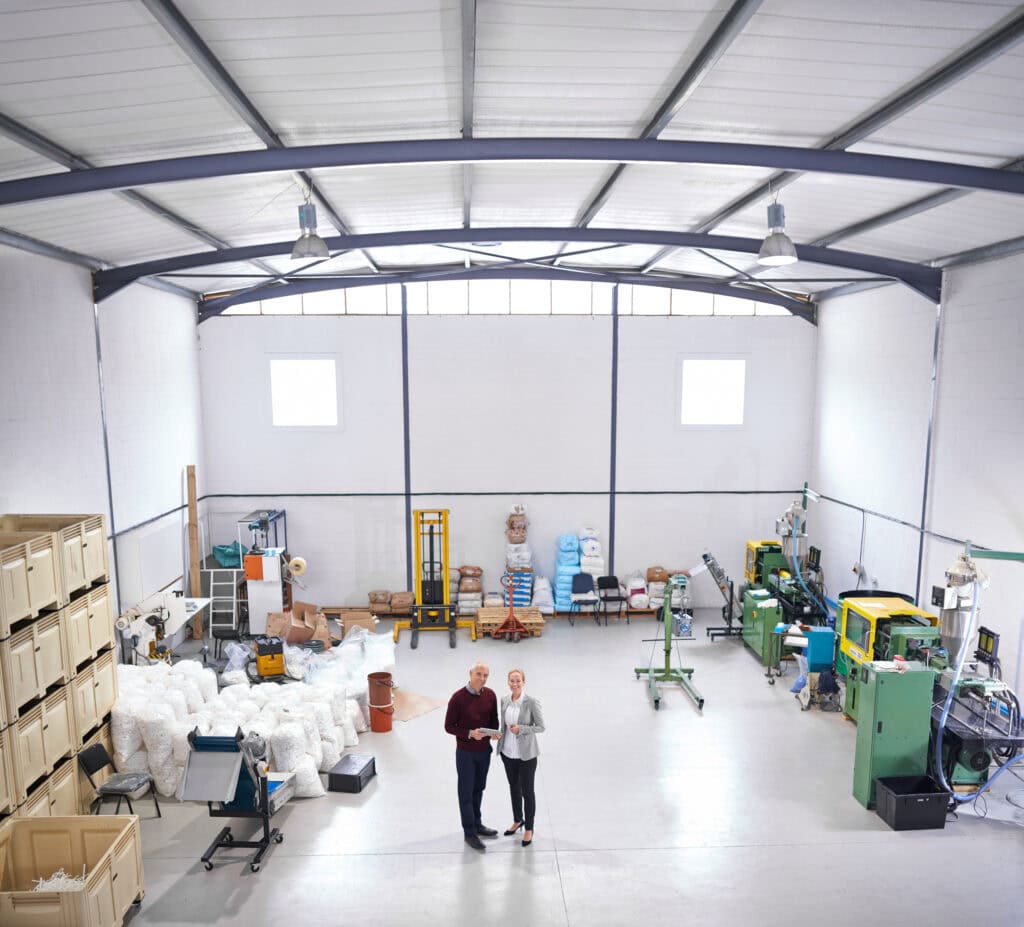Minimum Order Quantity (MOQ): How It’s Used
When placing orders with product suppliers, businesses need to know the quantity of what they need. Many product sourcing companies set a minimum order quantity (MOQ) that ensures the supplier is also profiting enough off of the products manufactured. While the product supplier needs to benefit off of the orders placed, businesses may also find benefits of suppliers that require a MOQ.

What Is MOQ?
MOQ stands for minimum order quantity. When a business places an order, product suppliers can set a MOQ, which is the minimum number of a given product that a business is required to order in order to place a full order with that supplier for that product. In other words, businesses cannot order less than the minimum order quantity of a given product from that supplier.
What Does MOQ Mean in Wholesale?
Wholesalers often use a minimum order quantity, also referred to as a case size. Some wholesale suppliers offer lower prices to businesses ordering in higher quantities. Unlike sourcing custom products, wholesale products can be sold to any business or buyer who meets the MOQ, often resulting in a generic product that will not stand out in a competitive market.
To stand above the competition, competitive businesses should turn to custom product suppliers that offer affordable solutions to making unique products. Sourcing custom products may also require businesses to purchase the MOQ when placing an order, but these products will be unique to your business and not sold to any other business for reselling to the same customer base.
Minimum Order Quantity Formula
There is no single formula to calculate minimum order quantity. Minimum order quantities are strategically calculated by product suppliers to ensure that they profit off of an order, no matter which business is ordering. To calculate MOQ, suppliers consider several factors including manufacturing costs, importing, transportation, and handling. These factors ensure that even the smallest order meets the minimum order quantity requirements.
Custom product sourcing companies, such as IPS, also factor in the complexity of engineering the products that a business wants to order, since IPS also offers product design and prototyping in addition to manufacturing.
Other factors considered in calculating MOQ include:
- Customer demand which may impact the profitability of a product
- Supplier costs per unit
- Production capacity
- Order and holding costs
Always contact a product sourcing company directly to determine whether they have a MOQ. Your will be able to receive a quote to help determine how much of a product your business is able to or required to order. Make sure the quote aligns with the minimum order quantity that you’ve budgeted for.
MOQ vs. EOQ
Another inventory management term often used with product suppliers is EOQ, which stands for economic order quantity. Unlike MOQ, the goal of EOQ is not to order the least amount possible of a product. Instead, an EOQ is used to determine how many units of a product a business should order to minimize holding and ordering costs while meeting customer demand.
EOQ is used to determine how a business can purchase units for the highest value while still meeting the needs of their customers. Similarly to MOQ, customer demand is a factor used to calculate EOQ. Some businesses and suppliers may find value in using both MOQ and EOQ when product orders are made.
High MOQ and Low MOQ
High MOQs occur with product suppliers who manufacture products in higher quantities. Mass production facilities for product manufacturing are most likely to set a higher MOQ, as the production facility is best suited for producing larger quantities of product at a time. Each producing facility is different and will have a different MOQ, depending on the product and the minimum order quantity they require.
Low MOQs occur with product suppliers capable of manufacturing smaller batches of products. Unlike mass production, the cost of small batches of manufactured products may be higher. But, the units of that product required to be purchased will be lower.
Unlike other product suppliers, IPS works with several manufacturing facilities in Taiwan, Vietnam, and China. This means that the MOQ will be different for each custom product that is designed, prototyped, engineered, and manufactured. Our team of experts will determine which manufacturing facility to work with depending on the product and quantity that your business needs while considering the appropriate minimum order quantity requirements.
